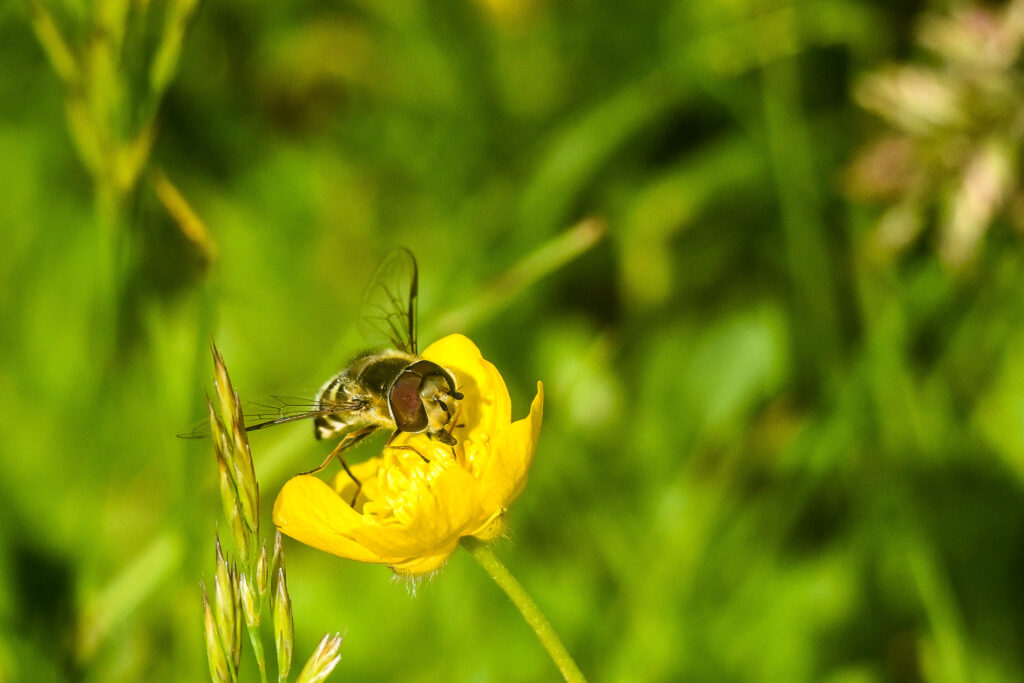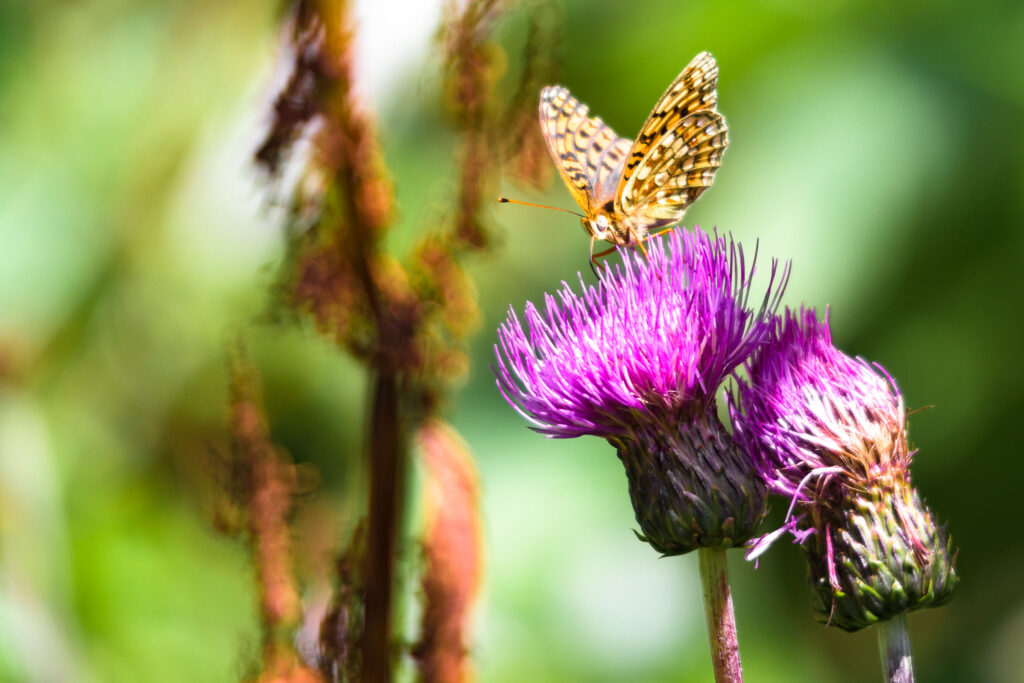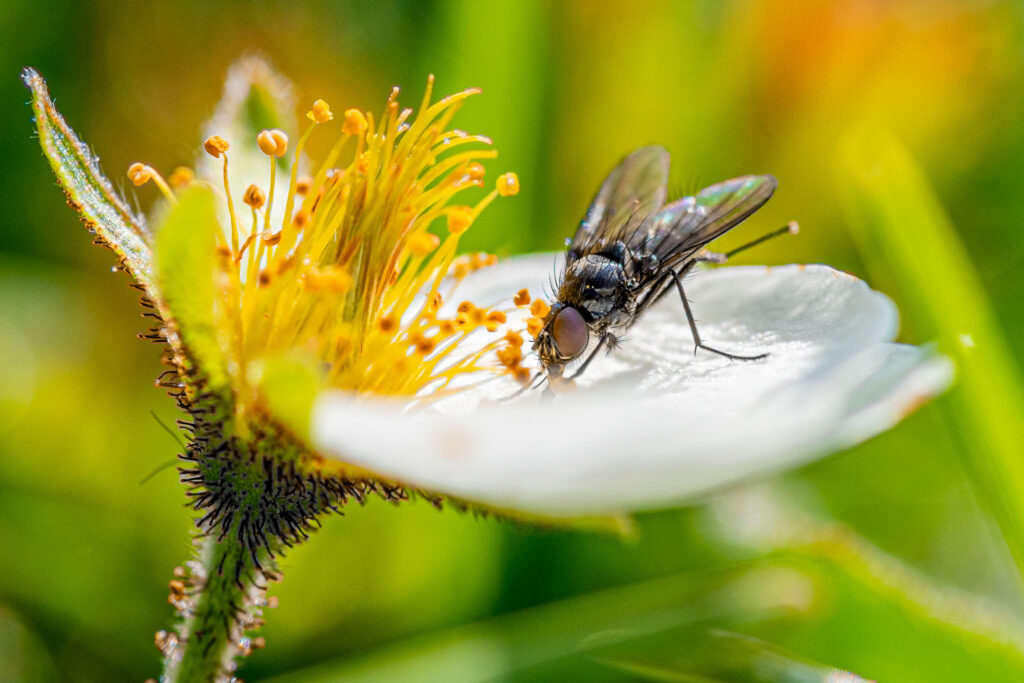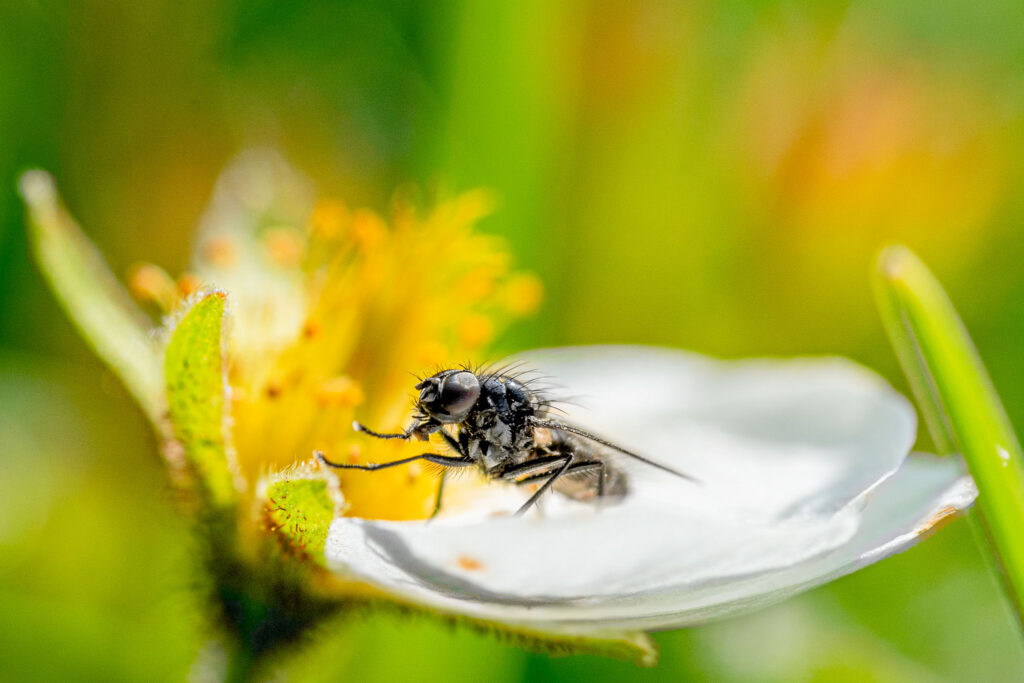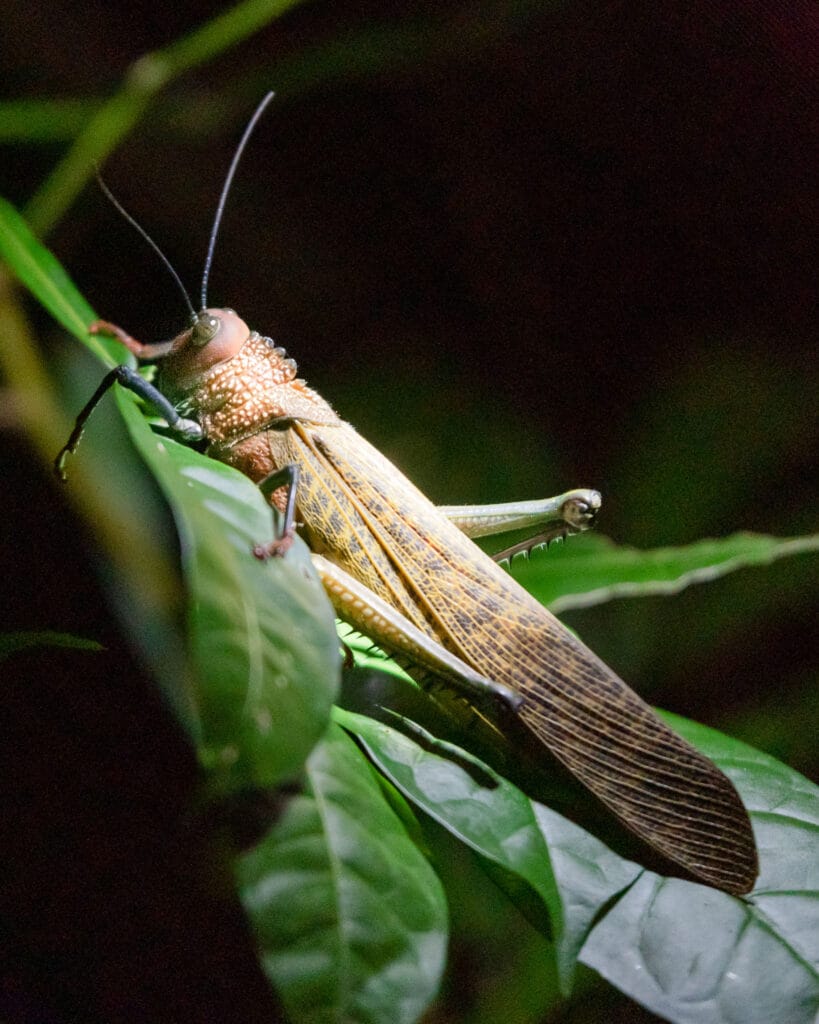Insects are out there in their millions, billions even, and they are tiny, sometimes almost invisible, but they are a hugely important part of the ecosystem.
Delving into the life of insects as a photographer is fascinating. It opens up a whole new world of learning and creativity.
What is Macro photography?
The art of getting up close in photography is called macro. This term is often used interchangeably to describe a simple close-up of something small.
To get up close, I use a dedicated macro lens. This type of lens focuses closer than normal, and the closer the lens gets to its subject, the more magnification it produces.
True macro (a term often used but not really accurate) is considered a 1:1 (or better) representation of the subject on the camera sensor/film frame.
That means that the insect (my favorite macro subject) is the same size in reality as it appears on my sensor. So, a one-inch insect would take up about three-quarters of my full-frame sensor. As you can see from my images below, there is no need to be this close to get stunning images.
Macro Photography skills
Reaching the realms of true macro or extreme magnification is an advanced wildlife photography technique. It isn’t easy, but it is extremely rewarding.
Seeing the details of our most important pollinators is quite a privilege. This is the first step of getting into macro photography. From here, progress to mastering the tight depth of field, the difficult lighting and the flight reflexes of insects is a long road.
I am still only halfway there.
Check out my macro photography gallery
